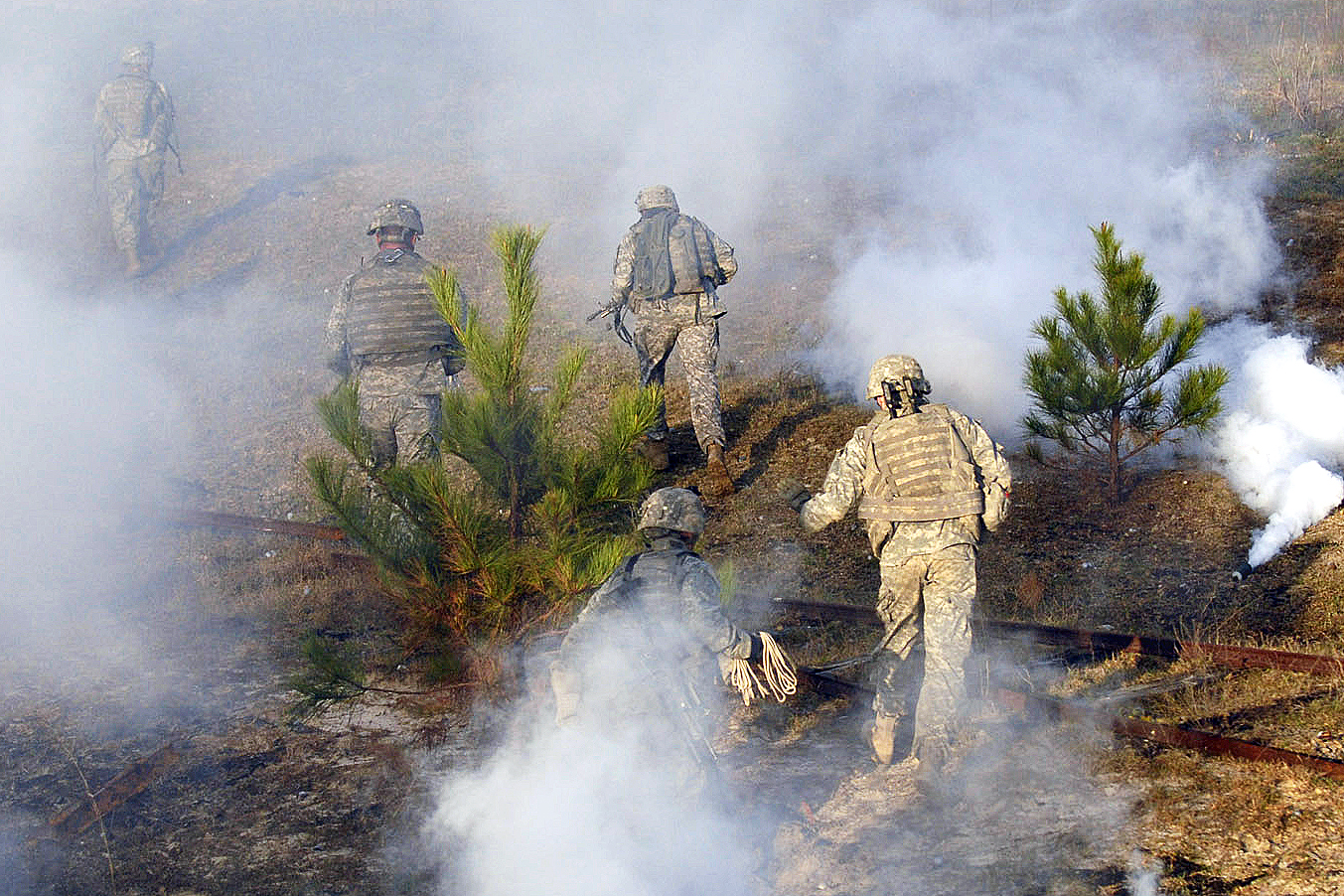10 Bizarre Animal Defense Mechanisms That Actually Work
2. Chemical Warfare: The Power of Toxicity

In the battle for survival, some animals have developed the ability to produce or secrete toxic substances as a means of defense. These chemical weapons can deter predators or even incapacitate them. The poison dart frog, for example, carries potent toxins in its skin, a warning to potential threats. Similarly, the bombardier beetle can eject a boiling, noxious chemical spray from its abdomen, deterring would-be attackers. This section delves into the biochemical processes behind these toxic defenses, exploring how such adaptations have evolved and their role in predator-prey dynamics. We also consider the ecological implications of these chemical defenses, including their impact on food webs and biodiversity.